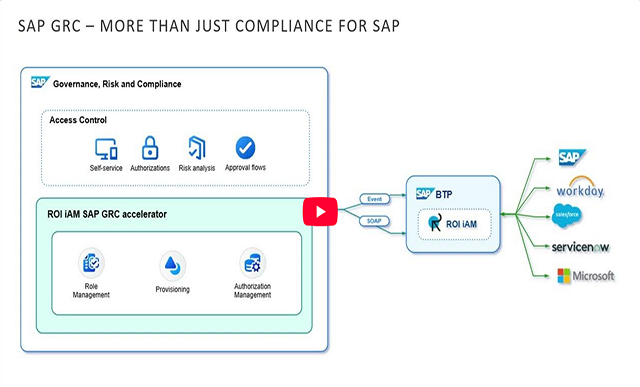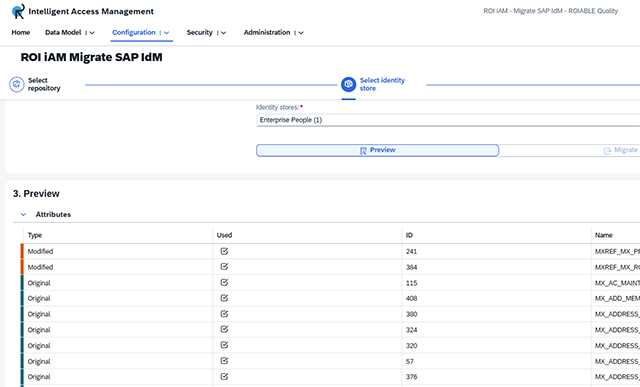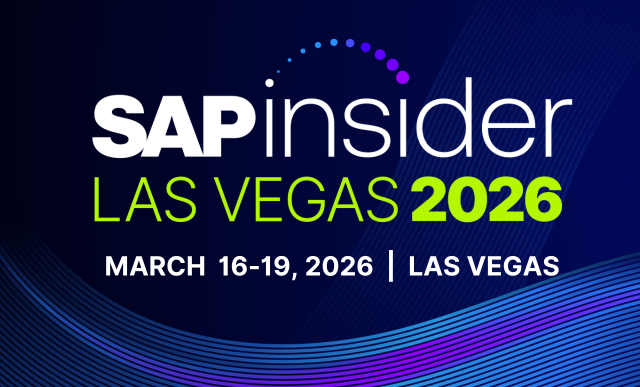Breaking the GRC Silo: Unified Risk Management in SAP Landscapes
Meet the Authors
Key Takeaways
Organizations need to adopt cross-application GRC solutions to effectively manage risk and compliance across both SAP and non-SAP systems, minimizing blind spots and manual reconciliations.
Implementing unified GRC platforms can significantly streamline audit processes, reducing compliance costs and improving operational efficiencies by automating policy enforcement and enhancing visibility into cross-system risks.
When selecting GRC vendors, organizations must prioritize integration capabilities with non-SAP environments and ensure auditor approval, while also considering change management strategies that promote cross-functional alignment.
SAP Access Control (AC) performs well within SAP ECC and SAP S/4HANA environments, but what occurs when your risk landscape includes dozens of interconnected applications? For many organizations, risk and compliance management remains fragmented across multiple tools, manual processes, and siloed audit trails.
Pathlock, a leading provider of cross-application Governance, Risk, and Compliance (GRC) solutions, asserts that SAP enterprises need a wider approach that provides unified monitoring, automated enforcement, and consistent reporting across all applications, not just SAP. These platforms aim to meet increasing auditor expectations and regulatory requirements while lowering the cost and complexity of compliance.
“As organizations transition to modern, cloud-centric environments, traditional SAP Access Control (AC) solutions are often unable to keep pace with the expanding application landscape,” said Keri Bowman, CISA-certified GRC and IGA expert at Pathlock.
Explore related questions
From SAP Access Control to Enterprise-Wide Coverage
SAP Access Control remains a leading standard for managing segregation of duties (SoD), provisioning, and monitoring within SAP ECC and SAP S/4HANA. However, businesses today depend on a wide array of systems, including Oracle, Salesforce, and Workday. Leaving these systems outside the GRC umbrella exposes organizations to blind spots and manual reconciliations that increase audit risk.
According to Pathlock, cross-application GRC solutions integrate with SAP and non-SAP systems to centralize risk management into a single dashboard. Instead of manually linking spreadsheets or relying on separate point solutions, organizations can automate policy enforcement across applications, monitor Segregation of Duties (SoD) conflicts, and document controls in ways that meet internal and external audit requirements. The company notes that several of these methods are already being validated by Big Four auditors, indicating a growing shift in how enterprises perceive compliance readiness.
Case Study: Extending GRC Beyond SAP
In a featured case study, Pathlock explains how a multinational manufacturing company expanded its GRC framework beyond SAP to gain comprehensive risk insight. The company had already invested heavily in SAP Access Control but still faced ongoing gaps in managing user risks across non-SAP systems. These gaps caused duplicate workflows, manual approvals, and inconsistent audit reports that slowed down business operations.
By adopting Pathlock’s cross-application GRC platform, the company was able to standardize controls across its SAP and non-SAP environments. Pathlock reports that this approach shortened the time needed to grant or revoke access, while centralized monitoring provided a real-time view of SoD conflicts that had previously required weeks of manual analysis.
Organizations adopting cross-application GRC tools often report significant operational efficiencies. By replacing manual provisioning workflows with automated controls, companies can reduce user access review cycles from months to weeks, lowering administrative overhead while strengthening compliance. Visibility into cross-system risks also helps executives make faster, data-driven decisions about remediation priorities and control investments.
What This Means for SAPinsiders
Unified GRC platforms reduce audit burdens and improve compliance efficiency. For SAPinsiders, this translates into fewer manual processes during quarterly reviews and external audits, freeing finance and IT teams to focus on higher-value projects. According to Pathlock, companies that have implemented cross-application GRC solutions often report significant reductions in compliance costs and improved audit readiness.
Selection criteria must prioritize integration depth and auditor approval. For technology executives, evaluating GRC vendors means going beyond SAP capabilities to assess how seamlessly the solution extends into non-SAP environments. Buyers should ask about out-of-the-box connectors, scalability across cloud landscapes, and validation by major audit firms. These elements will define whether the investment delivers measurable ROI and reduces audit exposure.
Change management challenges require executive sponsorship and cross-functional alignment. The shift from application-specific GRC tools to unified platforms impacts multiple teams, including SAP Basis, application owners, internal audit, and business process managers. Companies that succeed often establish executive steering committees to resolve conflicts between departmental preferences and enterprise-wide requirements. Early adopters may find that investing in training and providing role-based dashboards accelerates acceptance.






